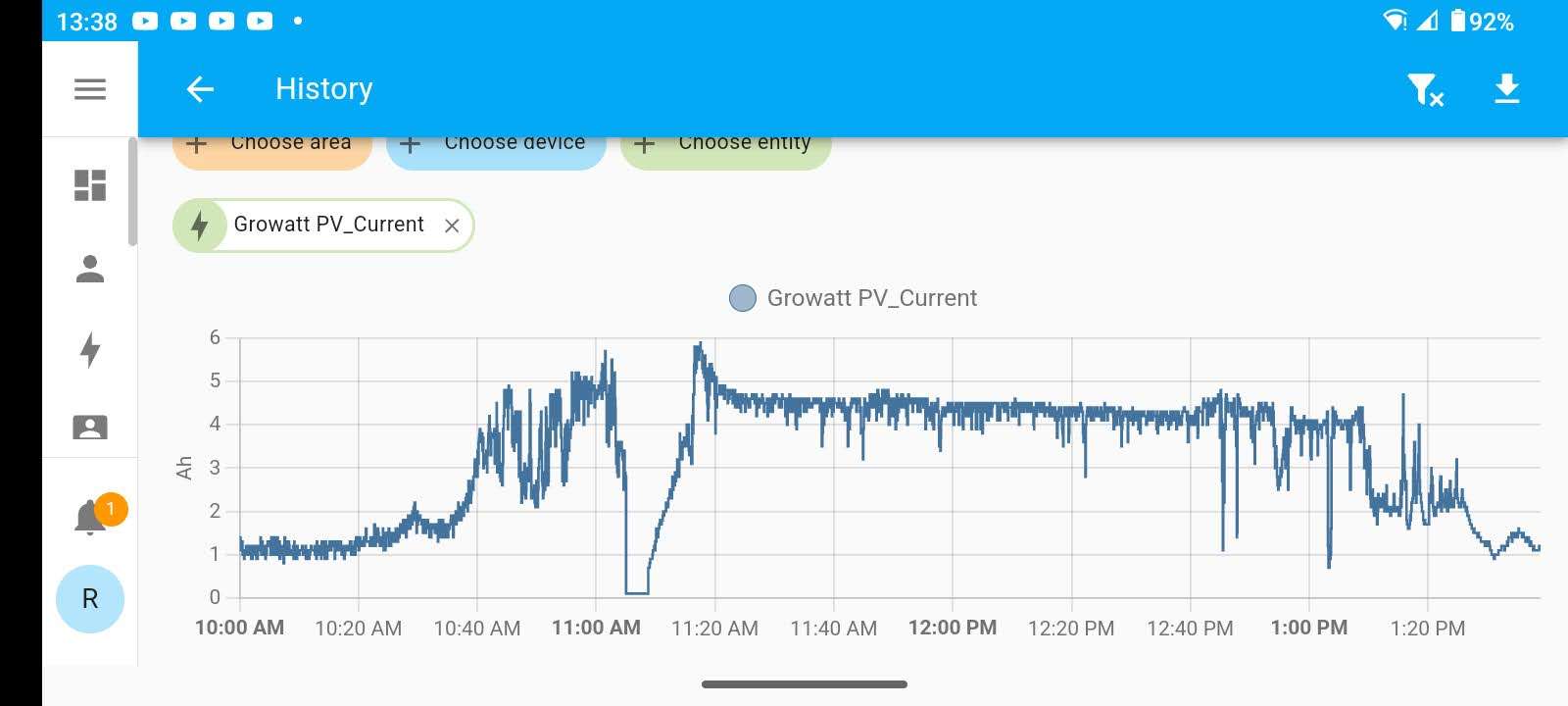Do they work?
Tigo optimisers, like the TS4 model, are generally considered to be effective in improving the performance of solar PV systems. Here’s a summary of the potential benefits:
- Increased energy production, especially in shaded conditions or with panel mismatch.
- Improved system monitoring and troubleshooting capabilities.( for extra cost)
- Enhanced safety compliance.
However, it’s important to consider these points as well:
- Tigo optimizers add cost to the solar system installation.
- The added complexity of MLPE devices may require additional expertise for installation and maintenance.
Overall, whether or not Tigo optimizers are right for your solar system depends on your specific needs and budget. If you’re considering adding them to your system, it’s recommended to consult with a qualified solar installer to discuss the potential benefits and drawbacks in the context of your project.
Testing
While we posted a while ago that we were going to test out the mystical Tigos and if they would work or the difference with diodes and the tigo optimiser we haven’t had the weather to do real world testing to a degree that makes anything stand out.

While its early days I have noticed a voltage stability, this is to say that the normal voltage drop has differed which happens in the diode system at 12.* volts per set ( that’s 1 diode and two strings of cells within the panel itself).
In the image above, we are using our growatt shineX replacement to gather data by the second. in the morning before 11:20 we had half the unshaded array online. we go off line to put the array with the tigo inplace, and there is part shading on the panel with the tigo. this is 25% shaded as an array, and about 1/3 of the panel is shaded, running down to 2 diodes in shade.
Our current max is around 8.5amps. the sun was at 34.57 degrees. the time before 11:00 was not sunny
Understanding Our Ongoing Tigo Optimizer Testing
We’re currently evaluating Tigo optimizers, but our testing is still in progress. This update summarizes our initial findings so far.
Current After Restart Looks Good:
Around 11 AM, we observed the current to be within the range of 4.7-5.7 amps. Following a system shutdown and restart at 11:15 AM, the current remained stable between 5.9-5.4 amps. This indicates that the optimizers don’t seem to interfere with the current flow.
Voltage Drop and MPPV:
Diodes typically cause a voltage drop of around 12 volts per set (considering 36-volt panels). However, a more significant concern is the impact on the Maximum Power Point Voltage (MPPV). Diodes can significantly reduce MPPV, leading to lower current output.
In our initial test, the voltage dropped by about 48.27% (a 2% decrease) compared to the pre-optimizer voltage (half the array at MPPV). This resulted in a total MPPV that fell short of the nominal voltage for the entire array by 7.792%.
Context and Next Steps:
For comparison, a voltage drop of around 28.57% would be expected with diodes alone (although we haven’t tested this scenario directly). Ideally, we should conduct a “full shade drop” test on the entire array with the optimizers installed to see how it performs compared to the existing data we have for a split system with diodes.
Previously, with a different setup ( with the same array) , we observed a voltage drop of 12.173%. The current aligned with the
By continuing our testing, we aim to gain a more comprehensive understanding of how Tigo optimizers affect voltage, current, and overall system performance, particularly under various shading conditions.

One response
Just as a update – I do see the comments and requests.
The performance did not increase, when pushed the tech at tigo could only come up with “it saves the diodes from wear” as the best outcome from having these, it would work for really old panels, but it add nothing to newer systems.
almost all system solar panels have diodes, as long as there is a difference from shading the panels manage themselves.
The split half cell have parallel sets of 3 which are tied to 3 diodes. Therefore if one section is covered by shade ( in parallel) there would be a current drop of 1/6 of the panel rating.
if it was over two you would have 1/3 current drop together with a 1/3 voltage drop.
with the tigo you lose the whole panel.
I have wrote articles about diodes in the panels on this site as well as other posts in relation to tigos.